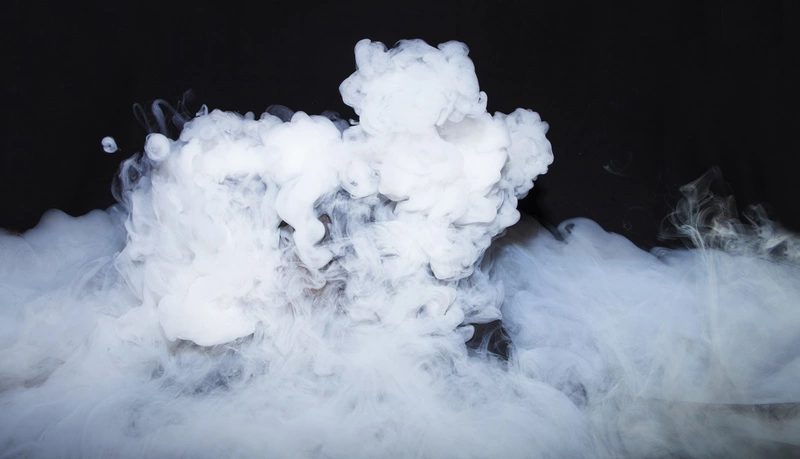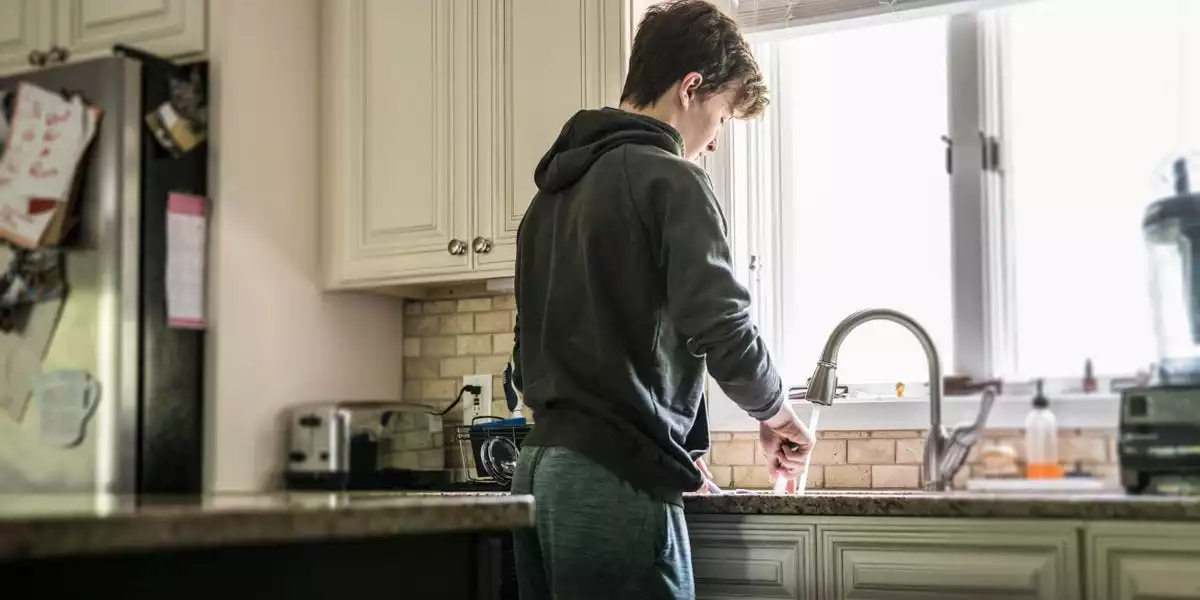First responders were thrust into action last week in Gallatin, Tennessee, when a routine science experiment went awry, leaving a group of third graders feeling sick as dogs. The innocent activity involving dry ice turned into a mini emergency, with 18 students and a teacher rushed to the hospital for treatment after showing symptoms of carbon dioxide poisoning. Imagine the chaos – kids queasy, parents panicked, and teachers frantically calling for help. It was a scene straight out of a high-stakes medical drama, only this was unfolding in a quaint school in the heart of Tennessee.
As news outlets like WKRN and Local 12 buzzed with updates on the incident, it became clear that the situation was no walk in the park. The Sumner County Emergency Medical Service even hinted at the gravity of the moment, mentioning the dreaded phrase “mass casualty incident.” Thankfully, the swift response from local first responders, including firefighters, sheriffs, and police, helped contain the situation before it spiraled out of control. The heroes in uniforms swooped in, whisking away the affected individuals to seek urgent medical attention.
The emotional toll on parents was evident, with one dad, Ben Amboy, expressing his frustration at the lack of communication from the school authorities during the crisis. “The most information I have gotten at this point is out of a 9-year-old that is not feeling well,” he lamented. It’s a sentiment shared by many parents who entrust their children’s safety to these institutions. In moments of uncertainty, effective communication can be the difference between calm reassurance and chaotic confusion.
Amboy’s call for improved emergency protocols in schools resonates deeply, especially in an age where safety concerns loom large over educational settings. The need for clear, transparent communication channels during crises cannot be overstated. Parents deserve to be kept in the loop, not left in the dark relying on snippets of information from unwell children. It’s a wake-up call for school districts everywhere to revisit their emergency response strategies and ensure they are equipped to handle unforeseen incidents with poise and efficiency.
In the end, the Gallatin incident serves as a stark reminder that safety protocols are not just paperwork tucked away in a drawer; they are lifelines that can make all the difference in a moment of crisis. As the community recovers from this scare, one can only hope that lessons are learned, improvements are made, and that the next time sirens blare, everyone is on the same page – parents, teachers, and first responders working together seamlessly to keep our precious children safe.




 By
By
 By
By

 By
By

 By
By
 By
By
 By
By








